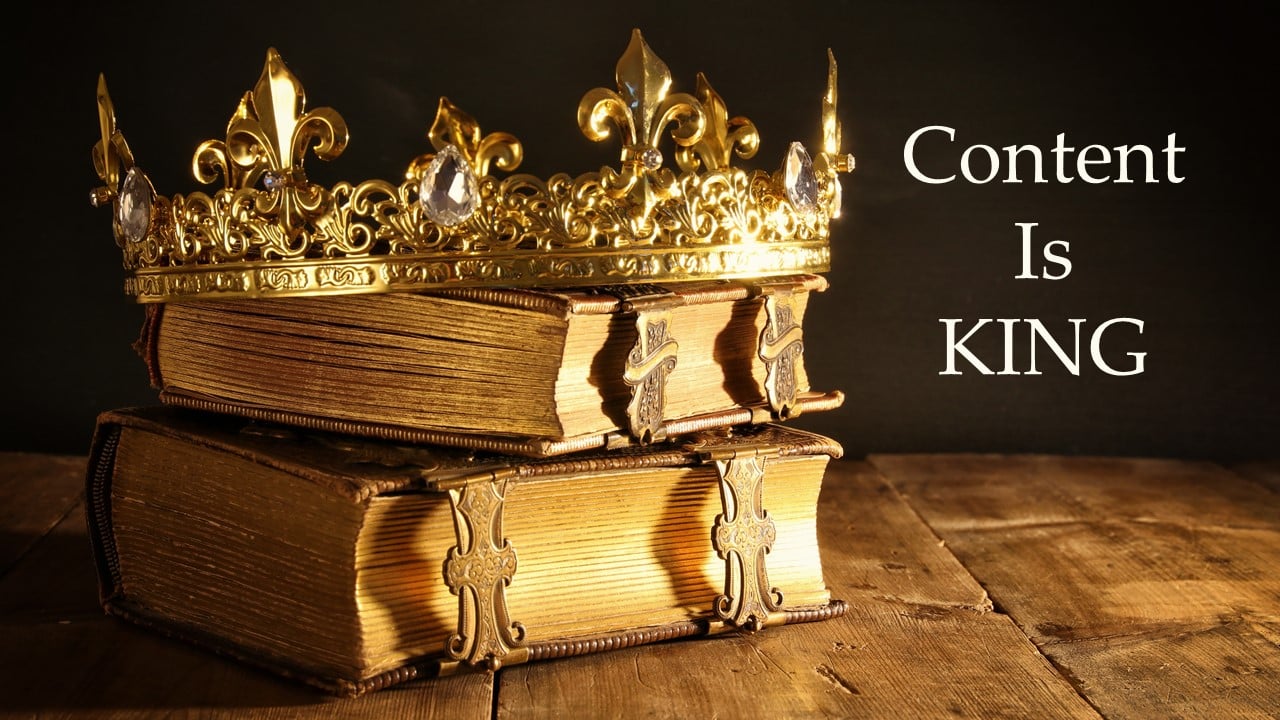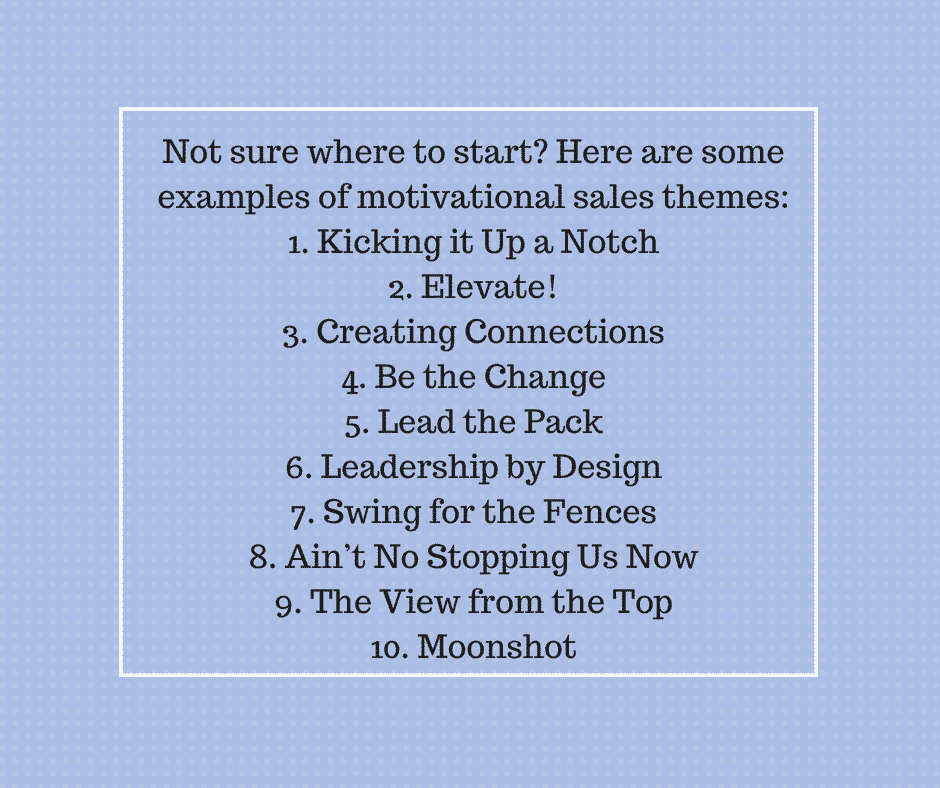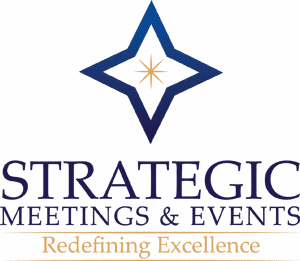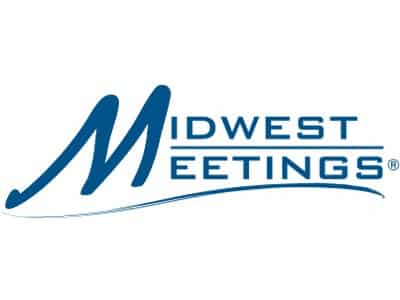Content is King
By Christy Lamagna, CMP, CMM, CTSM

• Clarify your content
• Theme building
• Create goal driven experiences
Once a venue is chosen, contract negotiated, and budget established, it’s time to select a theme and create content.
Content takes many forms beyond what is presented in the ballroom or breakouts. It includes:
1. All pre-show messaging
• Save the date copy
• Venue/location announcements
• Session descriptions
• Invitation to register
• Registration confirmation
• Know-before-you-go/pre-site guide
2. Registration site copy and instructions
3. Onsite copy
• Welcome letters
• Onsite guide
• Room drop copy
• In-room television messaging
4. Post-show
• Recap email with thank you
• Post-show survey
• Thank you for survey completion
Your list depends on your program and communication strategy. Whatever it includes, it must take center stage in your planning. Content is the supporting structure for event goals and desired behavioral changes identified in the Discovery Session.
 If you tend to dive into housing, F&B, décor, and giveaways at this stage, hit ‘pause.’ You need a content framework and theme first. From there everything follows.
If you tend to dive into housing, F&B, décor, and giveaways at this stage, hit ‘pause.’ You need a content framework and theme first. From there everything follows.
Your theme embodies the event experience and cuts across all messaging. It is the foundation for the event environment which supports event goals. Before you move forward, make sure your theme clearly ties into the meeting’s vision. Then start creating copy whose tone supports that theme. Your event should also have a designated font, color palette, tagline, and style guide. These elements shape the logistics which support your onsite environment and experience.
Copy should be thought out in advance and created at one time; not piecemeal or the day before something is due and written by whomever is handy. The voice should remain consistent throughout all pieces created. Assign a designated content lead for the show’s entirety. If you have a marketing or outside resource to do this, make sure they are on board with the strategic vision and are not creating in a vacuum.
Create a list of words that reflect your theme and are then woven into all communications. Include the entire planning team in this creative brainstorming session rather than leaving it to your copywriter. This invites new ideas and perspective and gives everyone the opportunity to be part of the process and internalize the message, enabling the team to keep messaging top of mind during all components of the planning. Remember, consistency is key. Everyone needs to not just understand the goals and the messaging around them, they need to embody them.
Here’s an example of how to build off a chosen theme using ‘Creating Connections’ as an example. Associated words/phrases/onsite activities and concepts might be:
1. Interaction (teambuilding, meet and greets, workshop activities done in pairs)
2. Bonding (teambuilding, birds-of-a-feather sessions, one-on-one meetings, offsite activities)
3. Link up (meeting points, WiFi code, birds-of-a-feather sessions, one-on-one meetings)
4. Power up (food, charging stations, stretch breaks)
5. A-Ha! (hashtag when a speaker makes a great point, repeated theme in a talk for uncovering new information, name of ideas board where people post their moments of connecting dots and revelation)
When concepts take shape, supporting details come into focus. Furniture, lighting, décor, and food have a shared concept and are designed in tandem with each other as opposed to silos.
Your content and theme may inspire a corporate give back project. ‘Creating Connections’ lends itself to a ‘paws for a break’ pavilion. Animals from a local shelter can visit for a few hours and attendees bond with and visit pets who thrive on being amidst new admirers. From there a donation can be made and perhaps an animal or two finds a new home.
The onsite experience you foster can be woven back into closing remarks, end-of-day emails from the CEO, photo opportunities, and connections between your team over something as pure as shared love of a puppy.
All this stemmed from content creation and theme building. Knowing where you are going and staying focused creates a consistent, intentional, and effective environment which supports and encourages the attainment of your onsite goals.
Strategic events are designed understanding what attendees need to hear and delivering content in a manner which encourages behavioral changes to support key stakeholders. Content is more than what is being said onstage. It creates an experience where meaningful changes are made and goals are realized.
You are not an event planner who manages logistics. You are an event strategist who brings concepts to life and who produces experiences that are instrumental catalysts for change in your organization. How’s that for a theme worth supporting?





